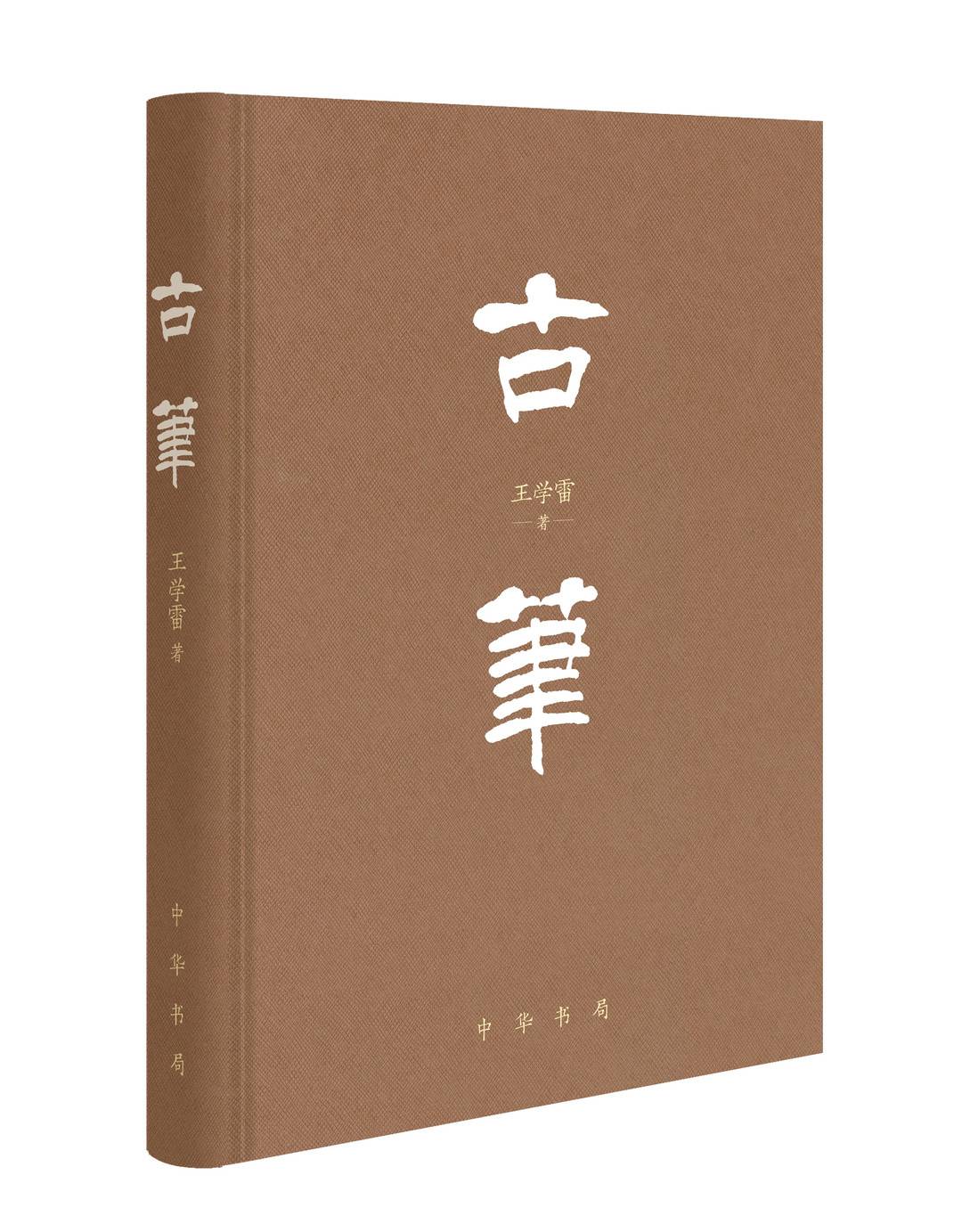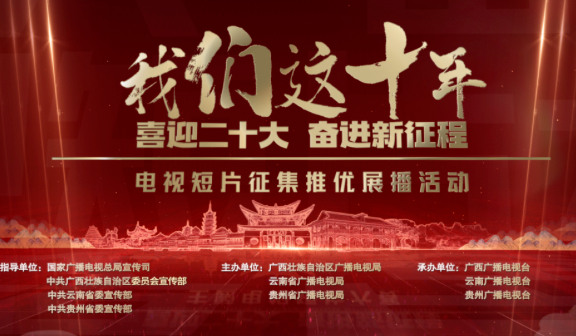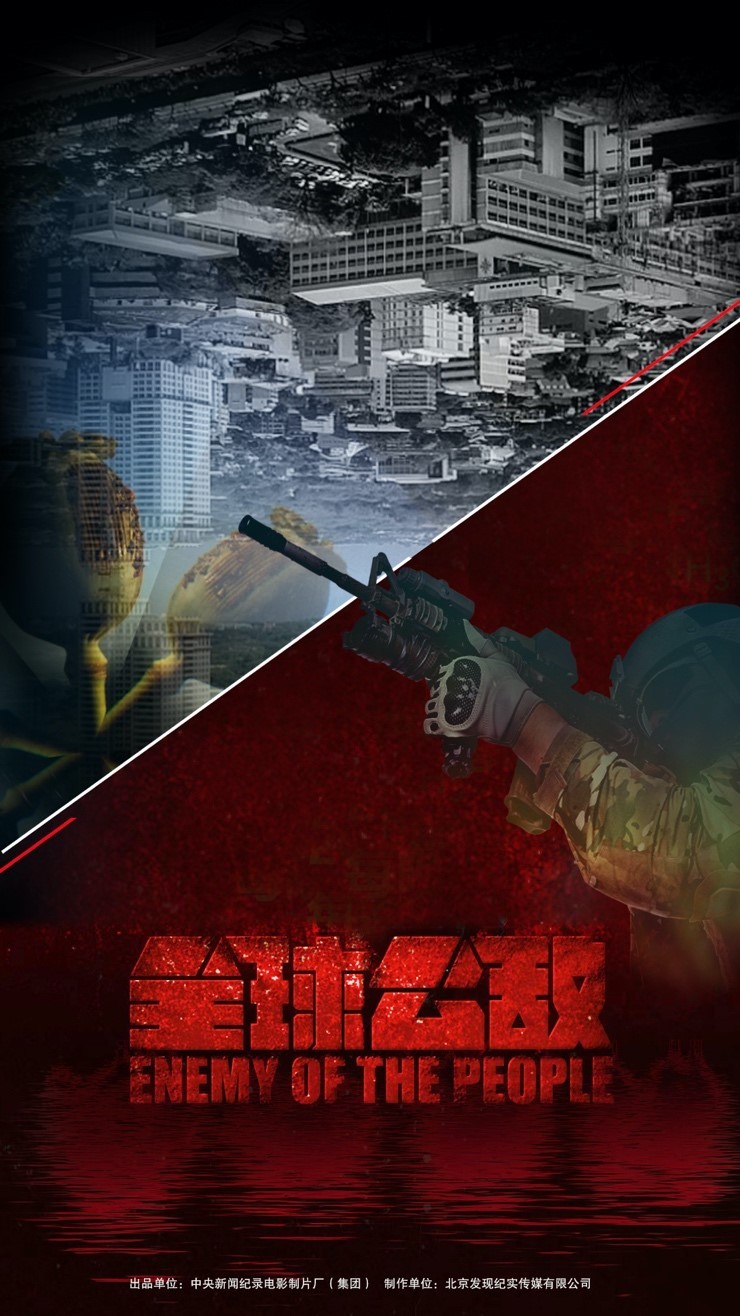What is the difference between the brushes of Wang Xizhi and today?
Author:Cover news Time:2022.06.21
Cover news reporter Zhang Jie
The brush is not only a traditional Chinese writing tool, but also an important cultural symbol of Chinese traditional. It is constantly changing in the evolution of history, becoming one of the most important creators in the historical period.
When does "rabbit" and "wolf" appear? What kind of animal hair is preferred by the ancients? How did "Hanju Yan Yan" be discovered, and what happened to the road of migration? What is the difference between the brushes used by Wang Xizhi and Wang Xianzhi? Is today's brush "evolution" or "degradation"? How extravagant the production was in the Han and Tang dynasties? What are the differences between Western "brushes" and Chinese brushes? How big is the relationship between the good or bad and the brush? What are the ancient strokes in the ancient and Tang Dynasty ancient writing literature?

The tools, materials, operation space, and display space of writing are all issues that are closely related to creative activities. In particular, the relationship between rigidity, long, long, thickness, and writing methods, the relationship between the size, font, and style of the pen is worthy of in -depth discussion.
If you are interested in the above problems, you can read the latest "Ancient Pen" published by the Chinese Book Company in 2022. Sort out a large amount of historical materials and archeological results in the book, present the form and development of the brush before the Song Dynasty, and discuss the important and wonderful role of the tools behind the early calligraphy, painting art development and cultural communication. Interesting cultural phenomenon in terms of use. Author Wang Xuelei is a native of Suzhou, Jiangsu.
"Ancient Pen" is not a book that studies the history of brush development, but is concentrated in the Han and Tang dynasties that the classics can be established in the classics of calligraphy. The book is divided into three parts. The previous volume is a group of research papers in the Han and Tang dynasties. The middle volume is a collection of images and instructions for the real brushes between the Han and Tang dynasties. Each part echoes and has independent academic value. In the previous volume, the author has a wonderful discussion about the relationship between the materials, performance, place of origin, production, production, function, and even the production and writing of the pen. The author also verified the famous objects and put forward his own unique insights on Tonghua, pen answers, Ru pen, cutting tube, etc. For example, the author uses the interoperability of literature and the real objects to speculate on the function of Dongjinjin's pens and Jin Dynasty entanglement methods, and the significance of materials and manufacturing techniques in writing also explains in detail.
The book contains the author's collection of accurate explanation text and data for many years, providing a complete image data for the intentional readers. Scholar Xue Longchun mentioned in the preface that although archeological types may not be applicable when studying ancient pens, these slightly large -scale image information and data may still stimulate our further thinking. For example, now when we talk about calligraphy, we can talk about the wrist everywhere. In fact, words such as "handwriting" or "wrist power" are rare in the book literature before the Song Dynasty. If we are based on the length of the ancient pen tip of the Han and Tang dynasties, the average data of the diameter of the pen, combined with the size of the words in the Jane, writing scriptures, and the second king's book, and the environment that there is no relying on at that time. Later, in the middle of the ancient times, keeping relative to static is the prerequisite for writing.
- END -
From poetry to scrolls, crossing ancient and modern in singing

For thousands of years, folk songs sung by the people of all ethnic groups in Guan...
International anti -drug day, this documentary uses global vision to express China's anti -drug burden

June 26, 2022 is the 35th international anti -drug day. Healthy life, green and no...